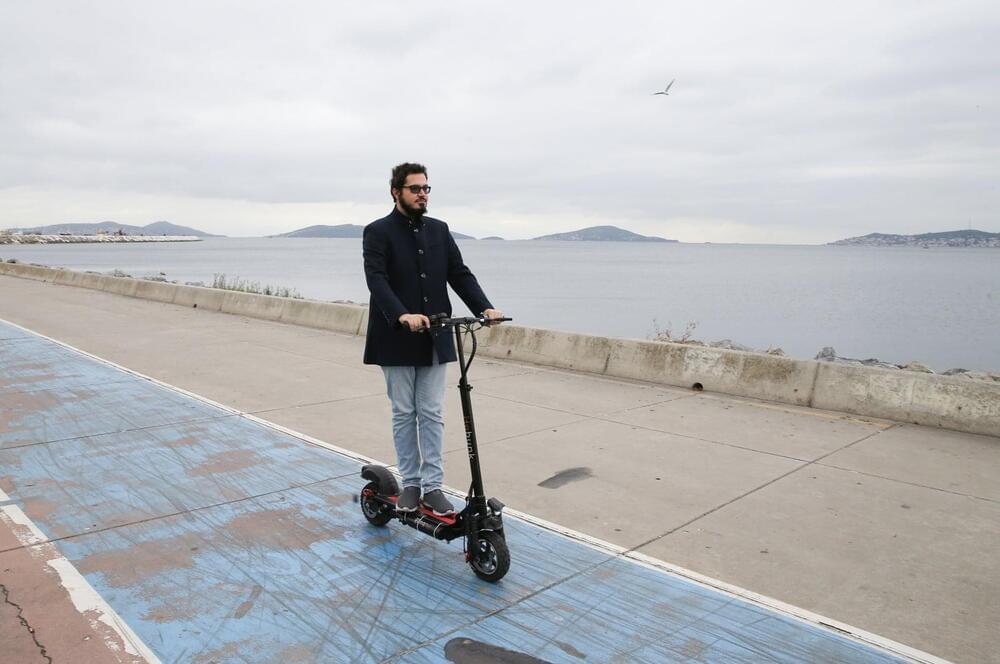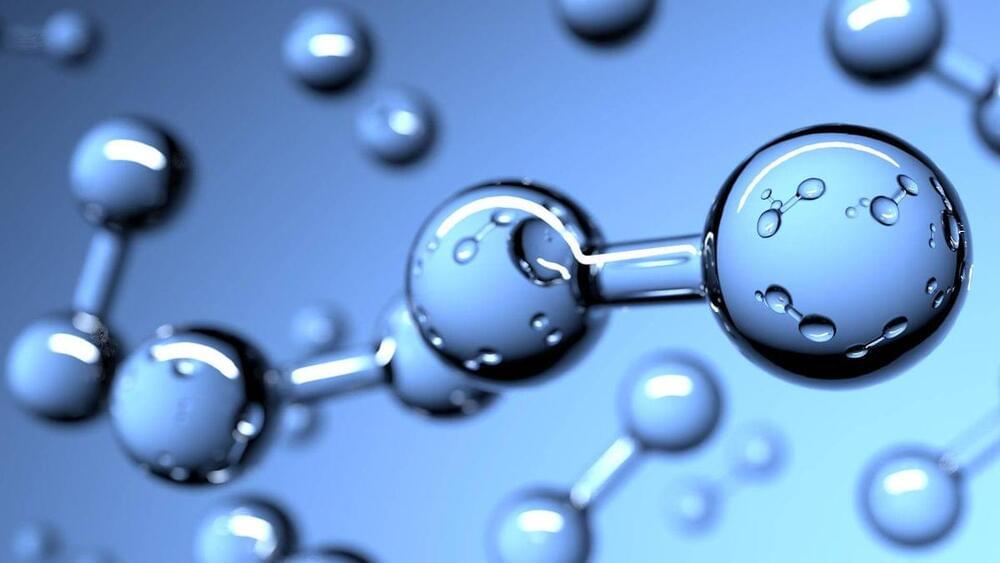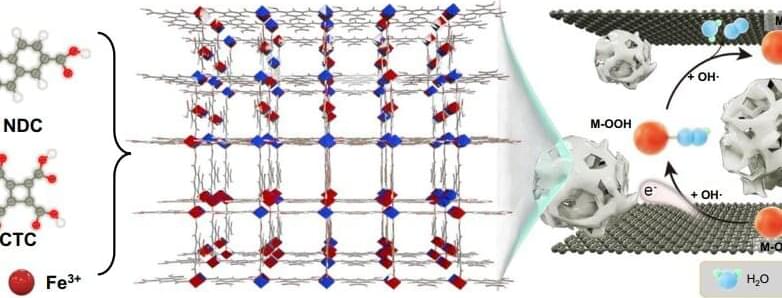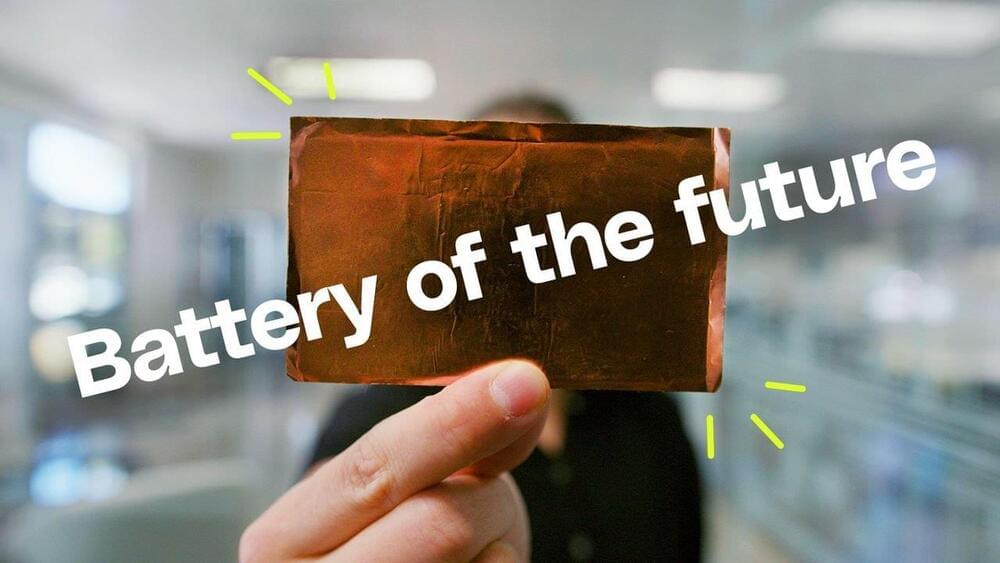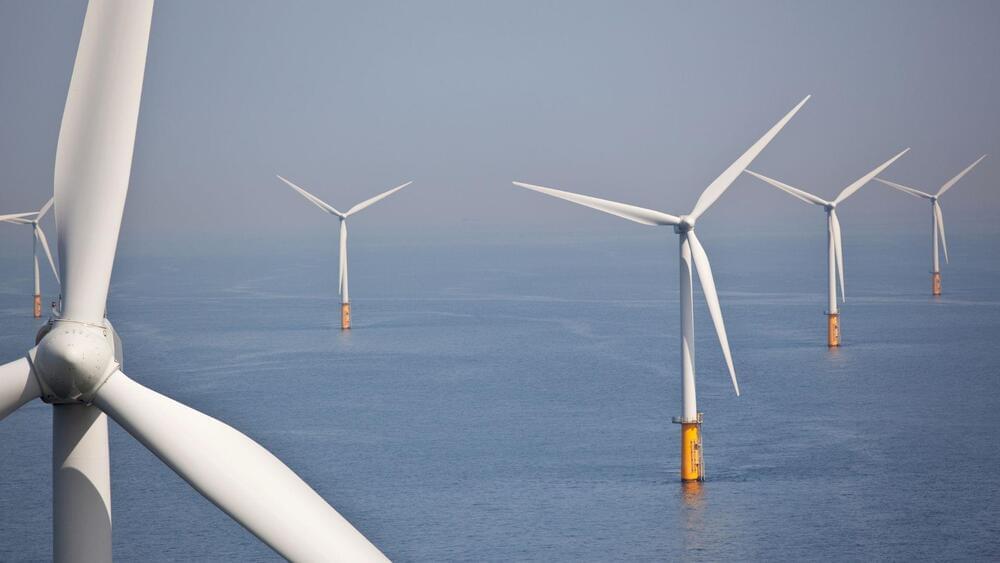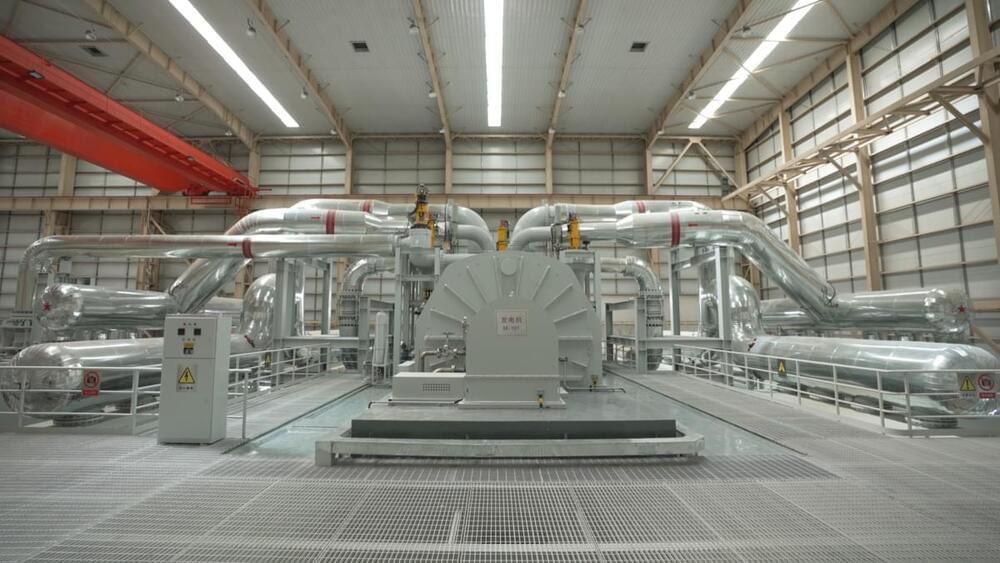Oct 30, 2022
Turkish entrepreneurs build first hydrogen-powered scooter
Posted by Quinn Sena in category: energy
E-scooters are all the rage in Türkiye, as their sales and number of companies renting them soared in recent years. Yet, they have several cons, like long charging times and possible pollution from the uncontrolled disposal of discarded batteries. Four Turkish engineers hope a new scooter, working on hydrogen power, may overcome these problems.
“Hebunk,” devised by entrepreneurs working at a technology park at Istanbul Technical University, boasts a fast charging time, just five minutes, and can travel for 60 kilometers (37.28 miles) with a single charge, which roughly costs about 9 cents (TL 1.8).
The scooter, which is not too different from e-scooters in appearance, was developed in one year by the entrepreneurs’ HydroBorPEM Fuel Cell Technologies, now based at a technology park in Istanbul’s Yıldız Technical University.
